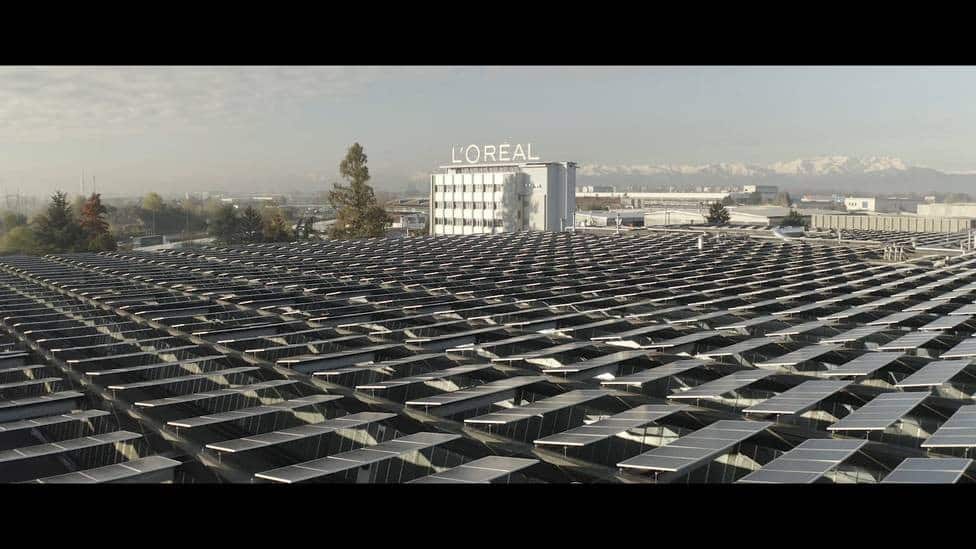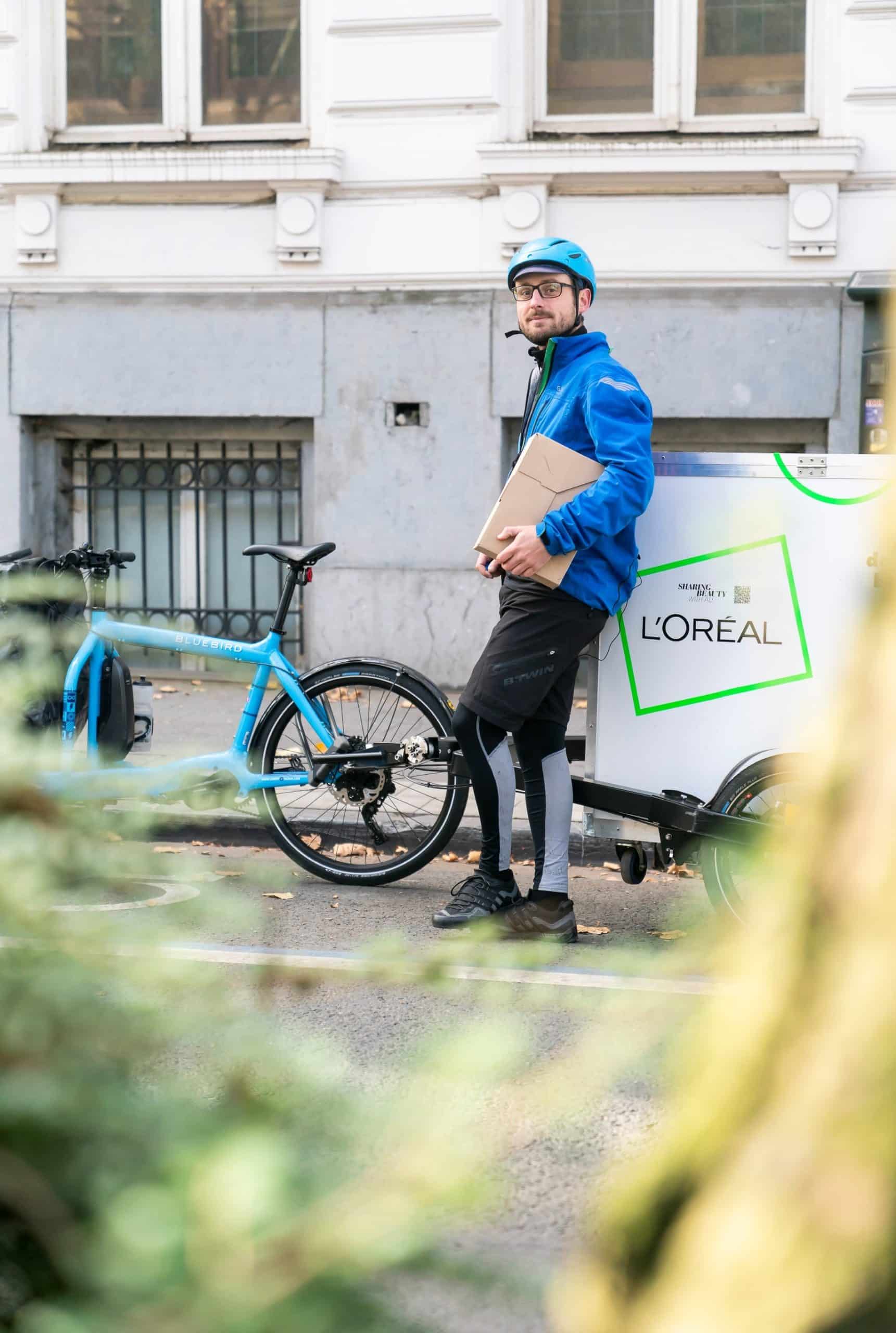This project has enabled us to create employment (five full-time employees).
It also contributes to the following SDGs:
- SDG 7 – Clean and affordable energy
The biomethanisation unit enables us to achieve the production and use of 100% green energy.
The electricity and heat for the site of L’Oréal’s Libramont factory are produced thanks to organic waste derived from local agricultural and the agro-food industry. The installation produces more energy than is needed for the functioning of the factory. Consequently, the excess clean electricity (enough for the needs of around 5,500 households) is injected into the national grid.
- SDG 9 : Industry, innovation and infrastructure
Pioneer in this area and motivated by the Group, the Libramont factory has invested significantly in important environmental infrastructure, enabling the reduction of waste (in part due to the installation of a drying greenhouse for mud in 2014), of water consumption (a Waterloop factory since 2019, following the combination of two technologies (inverse osmosis and evapo-concentration) and of its GHG emissions (carbon neutral since 2014, the Group’s first factory to achieve this, in part thanks to the installation of the biomethanisation unit).
- SDG 12 : Responsible production and consumption
Through the programmes Sharing Beauty with All (2013-200) and L’Oréal for the Future (2020-2030), the L’Oréal Group encourages, among others, its businesses to manufacture sustainably and significantly reduce their impact on the environment. For the year 2020, all the Group’s production sites were set the goal of reducing their consumption of water, waste and GHG emissions by 60%, compared to 2005.
In terms of figures, in 2020, the Libramont factory reduced its waste in grams per finished product by 34%, recycled 100% of its industrial water in a loop, and was carbon neutral.
Through the L’Oréal for the Future programme, the Group is continuing its efforts and is setting itself new ambitious goals to achieve by 2030.
The L’Oréal Group and all its entities take important measures to reduce their impact on the environment and our planet. While our first sustainability programme, Sharing Beauty with All, which featured a series of ambitious 2020 goals, has reached an end, L’Oréal is going even further in its environmental ambitions with L’Oréal for the Future. This is a strategic programme through which the Group aims to take on greater responsibility, mobilise its entire ecosystem (employees, suppliers, customers etc.) and show that businesses can be part of the solution, in the face of the challenges facing the world.
This programme is based around three pillars:
- Transforming our activity to respect planetary boundaries.
- Engaging our ecosystem in our transformation, helping our partners transition to a more sustainable model.
- Contributing to addressing challenges of the world by addressing the most pressing social and environmental needs.





